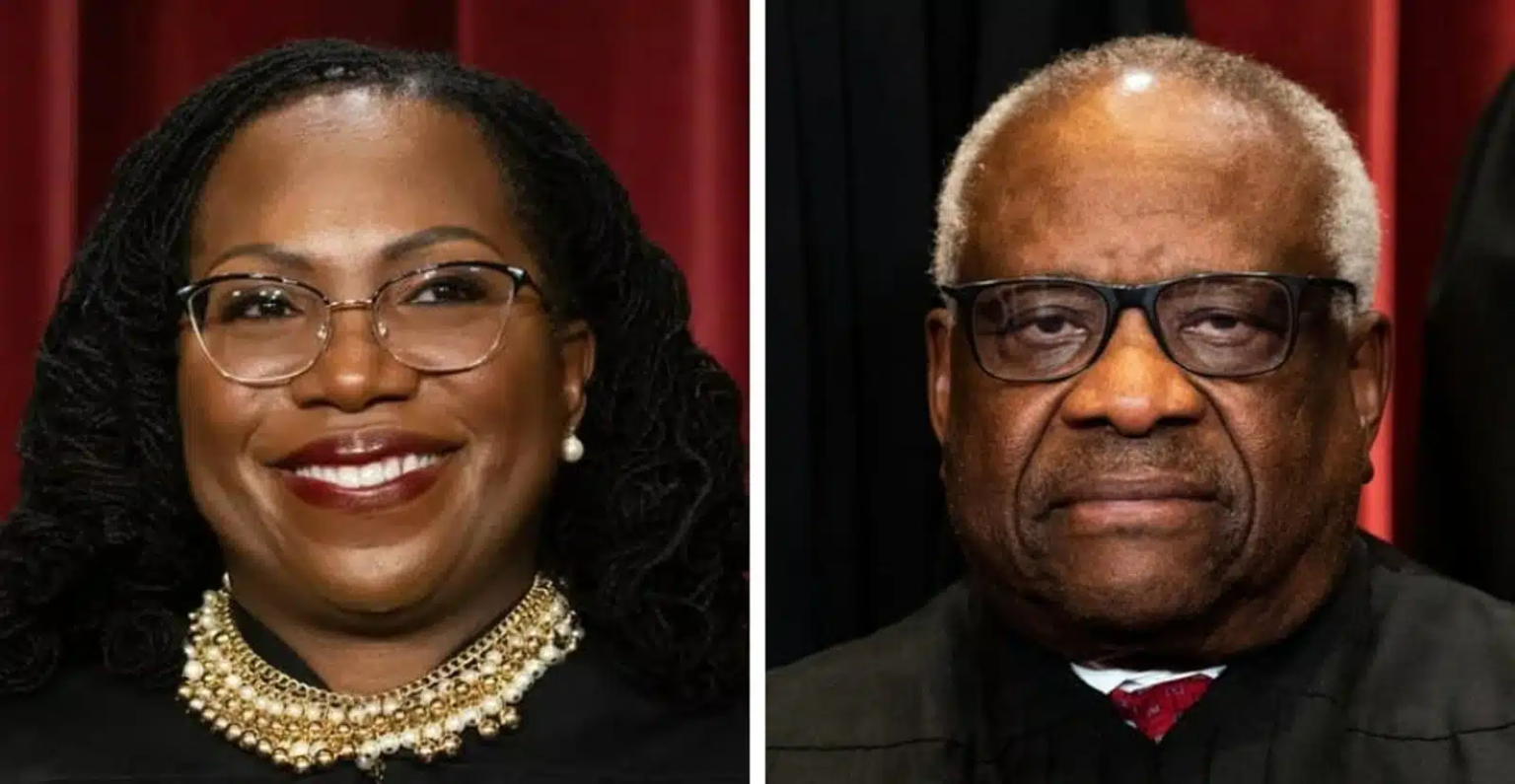Supreme Court Declines to Revisit Buffer Zones Around Abortion Clinics
In a recent series of rulings, the U.S. Supreme Court declined to revisit key legal issues involving abortion clinic buffer zones and Pennsylvania’s mail-in ballot requirements. These decisions highlight the complexities of balancing First Amendment rights with public safety and maintaining the integrity of the electoral process. This analysis looks at the legal background, arguments, and broader implications of these rulings while considering how the Court’s approach may affect future cases.
Legal Context and Precedent
The issue of abortion clinic buffer zones has been addressed in courts since the landmark Hill v. Colorado decision in 2000. In this case, the Supreme Court upheld laws that limited certain types of protests—specifically sidewalk counseling outside abortion clinics—under the First Amendment. The ruling allowed local governments to create buffer zones around clinics to protect patients from harassment while still allowing protestors to express their views.
Since then, local governments have relied on Hill to justify ordinances that prevent protestors from approaching individuals on clinic sidewalks, ensuring patients can access medical services without undue interference. This approach has been used in various places, including Carbondale, Illinois, and Englewood, New Jersey, where similar ordinances have been implemented.
While the purpose of these buffer zones is to protect the privacy and safety of people seeking abortion services, they have faced opposition from some groups who believe they infringe on free speech rights. Critics argue that such laws restrict protestors’ ability to communicate their views in public spaces.
Recent Developments in Carbondale and Englewood
In both Carbondale and Englewood, local ordinances aimed to protect individuals from aggressive tactics by anti-abortion protestors by establishing designated zones around clinics. The cities argued these laws were necessary to ensure the safety and well-being of those seeking reproductive health services.
Legal challenges to these ordinances centered on whether such restrictions violated the First Amendment. However, lower courts upheld the buffer zones, using the Hill precedent to argue that the regulations were a reasonable way to balance the right to free speech with the need for public safety.
Although these decisions aligned with existing case law, some conservative groups argued that the buffer zones went too far in limiting protestors’ rights. They contend that peaceful protest is an essential part of public discourse, and such laws may overstep by curbing that right.
Supreme Court’s Decision Not to Review
In a key development, the Supreme Court chose not to hear challenges to the buffer zone ordinances in Carbondale and Englewood. This refusal to review the cases means that the legal framework established in Hill v. Colorado remains in place for now. The Court’s decision underscores its adherence to established precedents, rather than revisiting these contentious issues.
This outcome was noteworthy, given that some of the Court’s more conservative members, Justices Clarence Thomas and Samuel Alito, expressed interest in reconsidering Hill. However, the Court requires at least four justices to agree to hear a case, and the majority’s decision to reject review left the current legal framework intact.
Carbondale’s Buffer Zone Ordinance
In Carbondale, Illinois, the local government implemented an ordinance designed to prevent protestors from approaching individuals entering abortion clinics. This regulation sought to protect patients from potential harassment or intimidation. The legal challenge to this ordinance argued that it infringed on the First Amendment rights of protestors. However, lower courts upheld the ordinance, citing Hill as the guiding precedent. These courts concluded that the law was a reasonable restriction on free speech that did not unduly burden protestors’ rights.
Despite the criticism from some legal advocates, the court’s decision emphasized the importance of safeguarding individuals’ access to healthcare services while maintaining the constitutional rights of protestors.
Broader Implications
While the issues of buffer zones and mail-in ballot requirements may seem unrelated, they share a common theme: the tension between individual rights and the need for regulation. In the case of buffer zones, the conflict involves free speech and public safety at healthcare facilities, while the Pennsylvania case focuses on the regulation of election procedures and the proper handling of ballots.
By declining to review these cases, the Supreme Court has reinforced the stability of existing legal frameworks in both areas. This approach highlights the Court’s tendency to defer to established precedents, even when the issues are politically sensitive. In both cases, the rulings suggest that the judiciary values consistency and stability in the law, rather than engaging in significant reinterpretations of constitutional principles.
Conclusion
The Supreme Court’s recent decision to refrain from revisiting the challenges to abortion clinic buffer zones and Pennsylvania’s mail-in ballot requirements reflects its commitment to upholding established legal precedents. In the case of the buffer zones, the Court has ensured that local governments can continue to protect individuals seeking reproductive healthcare without undermining free speech. Similarly, the decision to uphold Pennsylvania’s mail-in ballot rules underscores the importance of maintaining a fair and orderly electoral process.
These rulings also point to the broader legal principle of maintaining balance between individual freedoms and public safety. As future cases arise, the Court’s adherence to precedent will likely continue to influence how laws are interpreted and applied, especially in areas involving sensitive rights like healthcare access and voting procedures. The ongoing challenge will be finding the right balance between ensuring that individual freedoms are protected while maintaining public order and safety.
